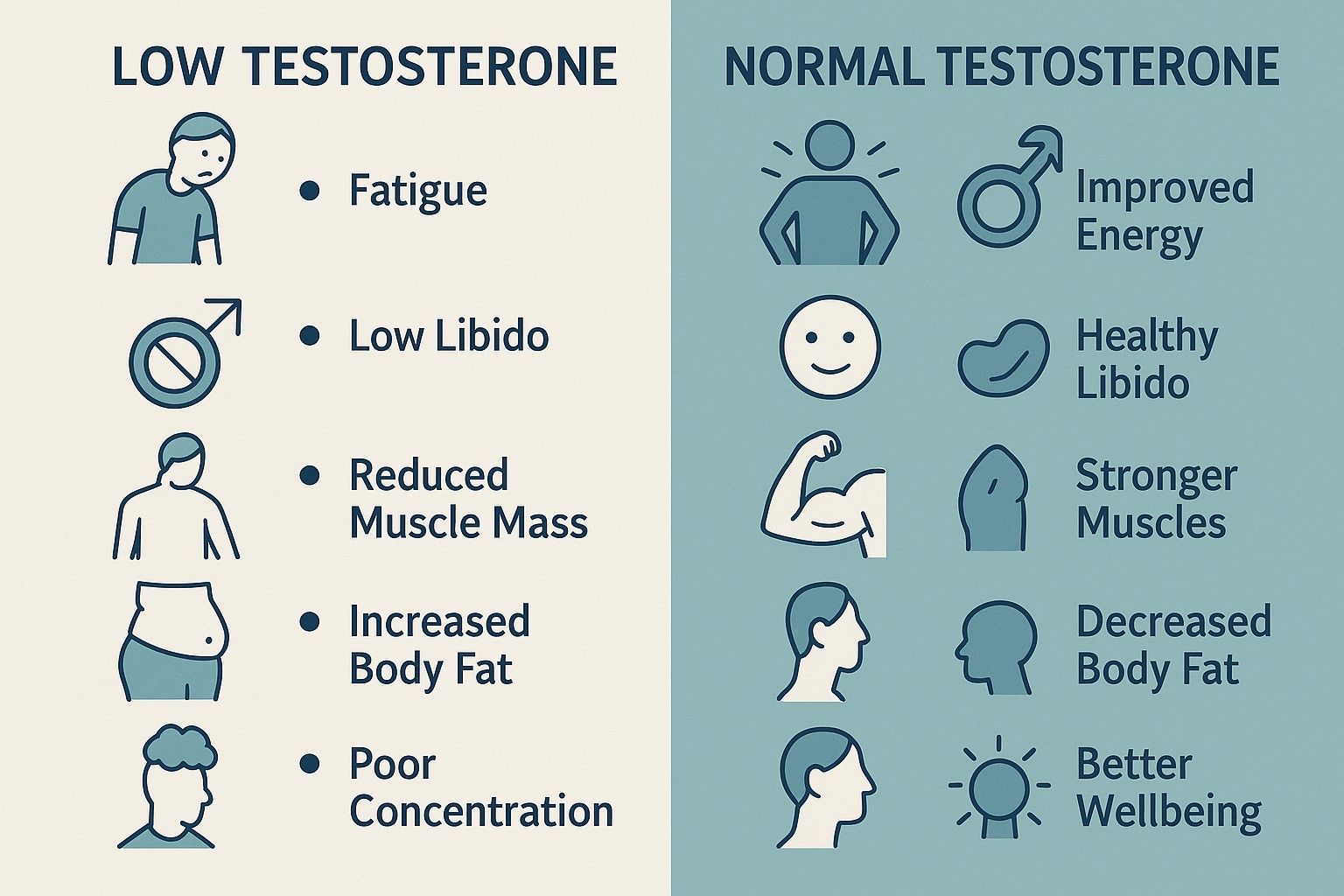Radiotherapy is a commonly used and effective treatment for prostate cancer, particularly for patients who may not be suitable candidates for surgery. However, it is essential to be aware of the potential long-term risks associated with radiotherapy, including the development of secondary malignancies—new cancers that can occur as a result of the initial cancer treatment.
What Are Secondary Malignancies?
Secondary malignancies are new cancers that develop in patients who have previously undergone treatment for a different primary cancer. In the context of prostate cancer treated with radiotherapy, these secondary cancers can manifest many years after the initial treatment, making long-term follow-up crucial.
How Does Radiotherapy Work?
Radiotherapy uses high-energy radiation to destroy cancer cells by damaging their DNA, thereby preventing them from multiplying. However, this treatment can also affect nearby healthy cells, which may lead to the development of new cancers later in life. The balance between effectively treating the primary cancer and the risk of secondary malignancies is a key consideration in the use of radiotherapy.
What Types of Secondary Cancers Can Occur?
In patients who have received radiotherapy for prostate cancer, the most common secondary cancers include:
- Bladder Cancer: This is the most frequently occurring secondary cancer after prostate radiotherapy. Studies indicate that patients who have undergone radiotherapy have about a 5-6% chance of developing bladder cancer within 10 to 15 years post-treatment. This is compared to a 3.7% chance in those who had surgery or opted for watchful waiting.
- Rectal Cancer: There is an increased risk of developing rectal cancer after radiotherapy, with the risk being about 26% higher for those who have had radiotherapy compared to those who underwent surgical treatment. This translates to approximately 1-2 additional cases of rectal cancer per 100 patients over a 10-year period.
- Other Cancers (e.g., Lung Cancer, Melanoma, Endocrine Tumours, Lymphomas): Although less common, other types of cancers, such as lung cancer, melanoma, and lymphomas, have been observed in patients who received radiotherapy. The risk for these secondary cancers persists over the patient’s lifetime, though the overall incidence remains relatively low.
Why Do Secondary Cancers Happen?
The development of secondary cancers is primarily due to the DNA damage caused by radiation. This damage can accumulate over time and may take years, or even decades, to manifest as a new cancer. The latency period, or the time from radiation exposure to the development of secondary cancer, typically ranges from 5 to 15 years. During this time, the risk of secondary malignancies persists and may even increase.
For example, bladder cancer tends to appear on average 7-10 years after prostate radiotherapy. This delayed onset underscores the importance of long-term monitoring and regular check-ups.
How High is the Risk?
- Bladder Cancer: Patients treated with radiotherapy for prostate cancer have a 1.5 times higher risk of developing bladder cancer compared to those who underwent surgery. The exact incidence is about 5-6%, meaning that out of 100 patients treated with radiotherapy, 5 to 6 may develop bladder cancer within 10 to 15 years.
- Rectal Cancer: The risk of rectal cancer is also elevated, with patients having about a 1.26 times (or 26%) greater chance of developing this cancer compared to those who had surgery. This risk corresponds to roughly 1-2 additional cases of rectal cancer per 100 patients over 10 years.
- General Cancer Risk: Studies suggest that approximately 1 in 70 prostate cancer patients who survive more than 10 years after radiotherapy will develop a secondary malignancy, most commonly in the bladder or rectum.
What Can Be Done to Reduce the Risk?
- Regular Monitoring: Patients who have undergone radiotherapy should be regularly monitored for secondary cancers, particularly after the first 5 years post-treatment, when the risk begins to increase. Regular check-ups, including tests like cystoscopy (for bladder cancer) and colonoscopy (for rectal cancer), are recommended.
- Healthy Lifestyle: Adopting a healthy lifestyle can play a significant role in reducing the risk of secondary cancers. This includes maintaining a balanced diet, engaging in regular physical activity, avoiding tobacco use, and limiting alcohol intake.
Modern Advances in Radiotherapy: Reducing the Risk of Secondary Malignancies
Radiotherapy techniques have advanced significantly, improving the precision of cancer treatment and reducing the risk of secondary malignancies.
- Intensity-Modulated Radiotherapy (IMRT): This method shapes the radiation dose to fit the tumour, minimizing exposure to surrounding healthy tissues like the bladder and rectum, which lowers the risk of secondary cancers.
- Image-Guided Radiotherapy (IGRT): IGRT uses real-time imaging to target the tumour more accurately, reducing unnecessary radiation exposure to nearby organs.
- Proton Therapy: This advanced technique uses protons, which stop precisely at the tumour site, further minimizing radiation exposure to surrounding tissues.
- Stereotactic Body Radiotherapy (SBRT): SBRT delivers highly focused radiation beams to the tumour from multiple angles in just a few sessions, concentrating the dose on the tumour and sparing healthy tissues.
These advancements make radiotherapy safer by reducing the likelihood of radiation-induced secondary cancers, offering patients more effective and targeted treatment options.
Should You Be Concerned If You Are Choosing Radiotherapy Treatment for Prostate Cancer?
While the risk of secondary cancers following radiotherapy for prostate cancer is a valid concern, it’s important to remember that the overall risk is relatively low. Radiotherapy remains a crucial and effective treatment for many patients. The key is to stay vigilant and maintain regular follow-up care with your healthcare provider, especially as time goes on.
For most patients, the benefits of treating the primary prostate cancer far outweigh the risks associated with the potential development of secondary cancers. By understanding these risks and taking proactive steps, patients can help manage and mitigate them effectively.


